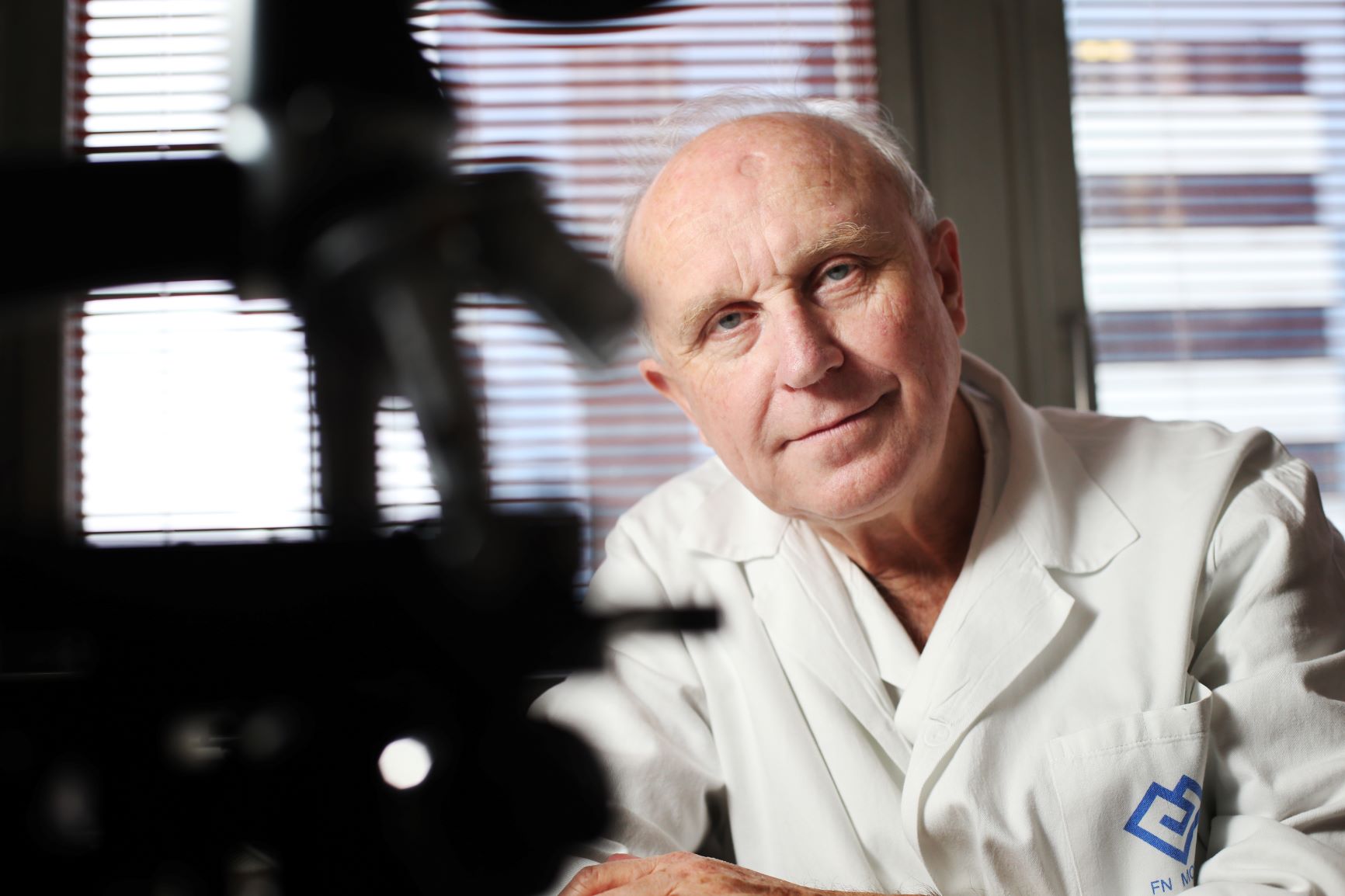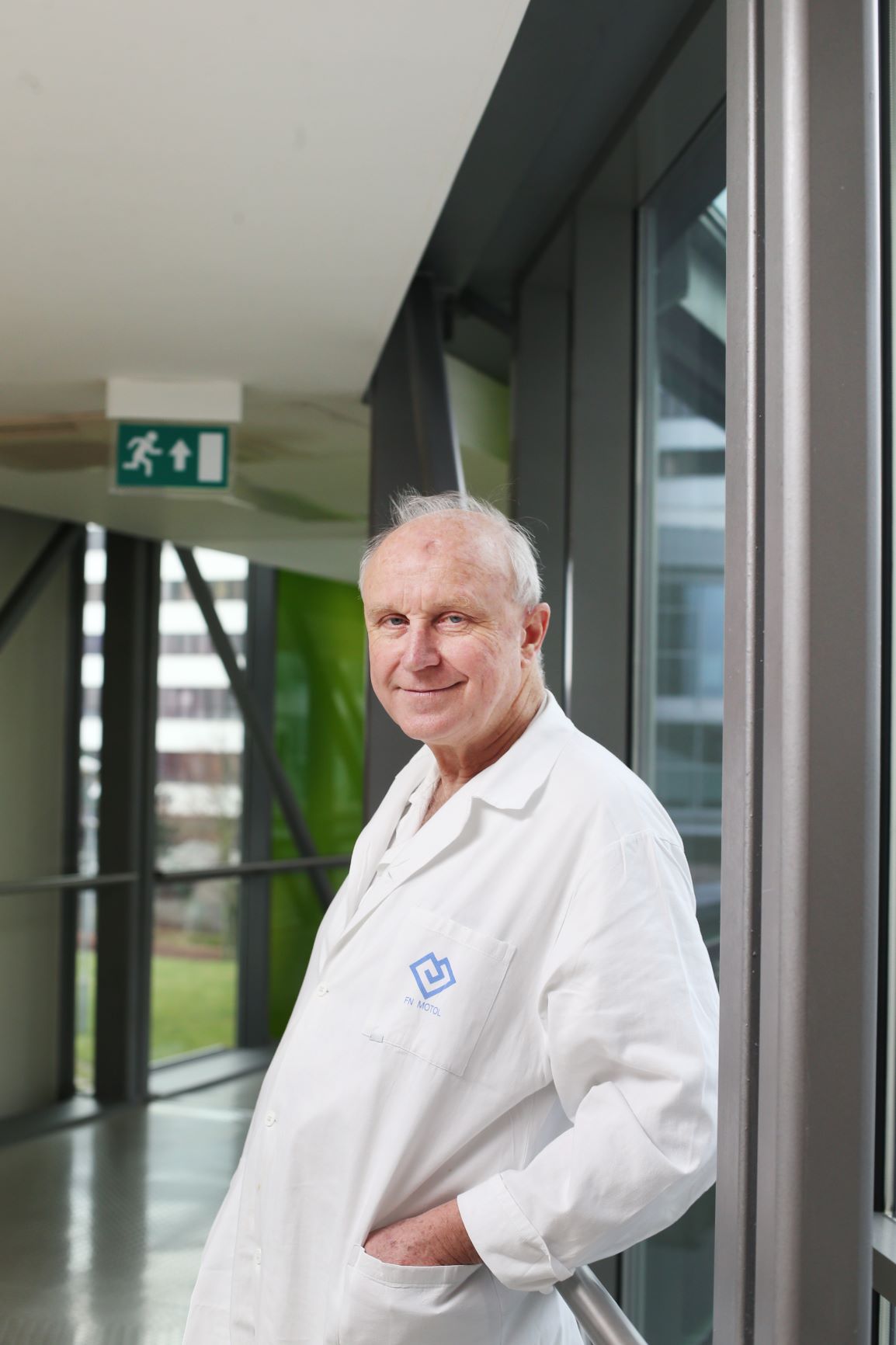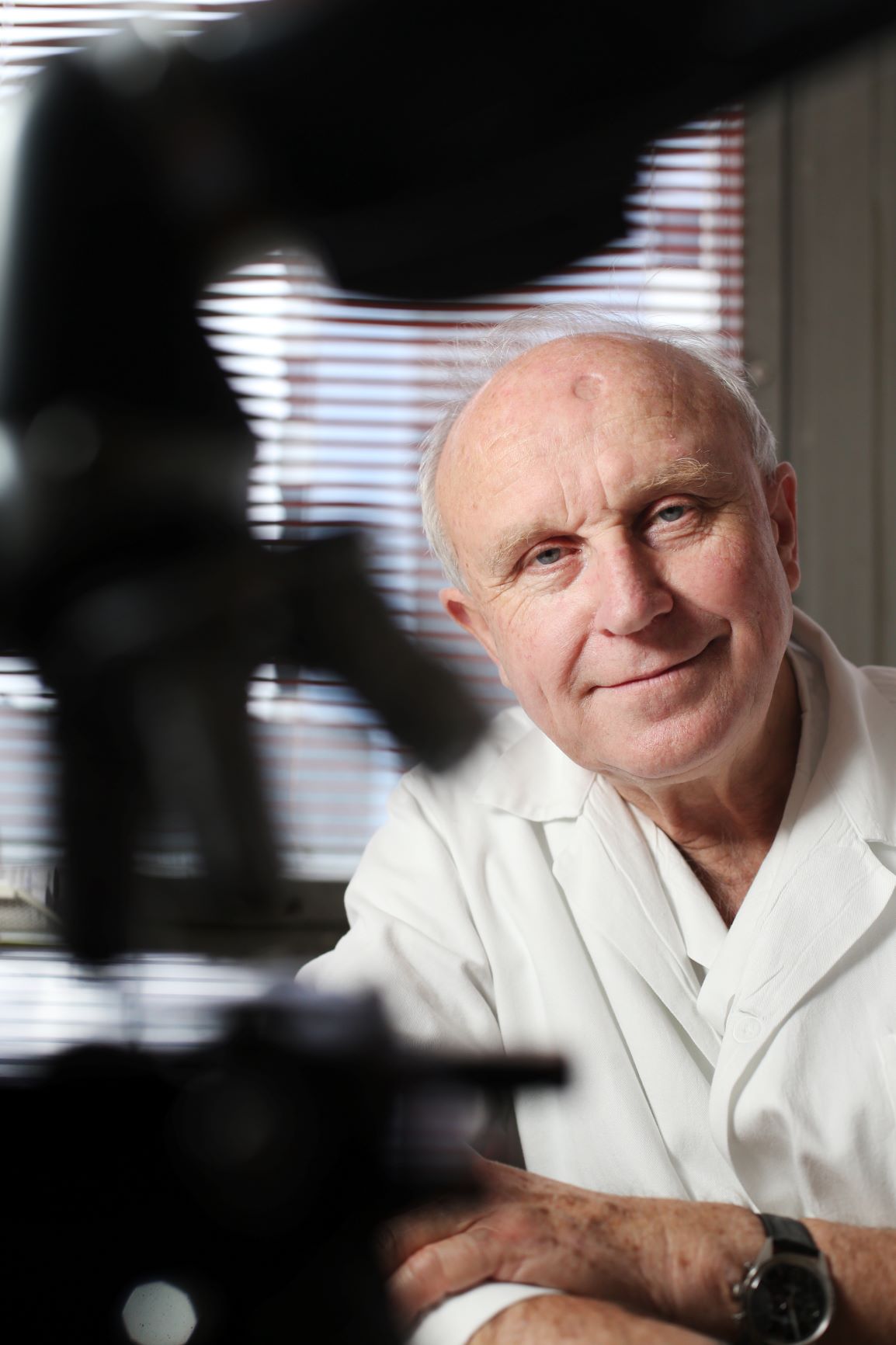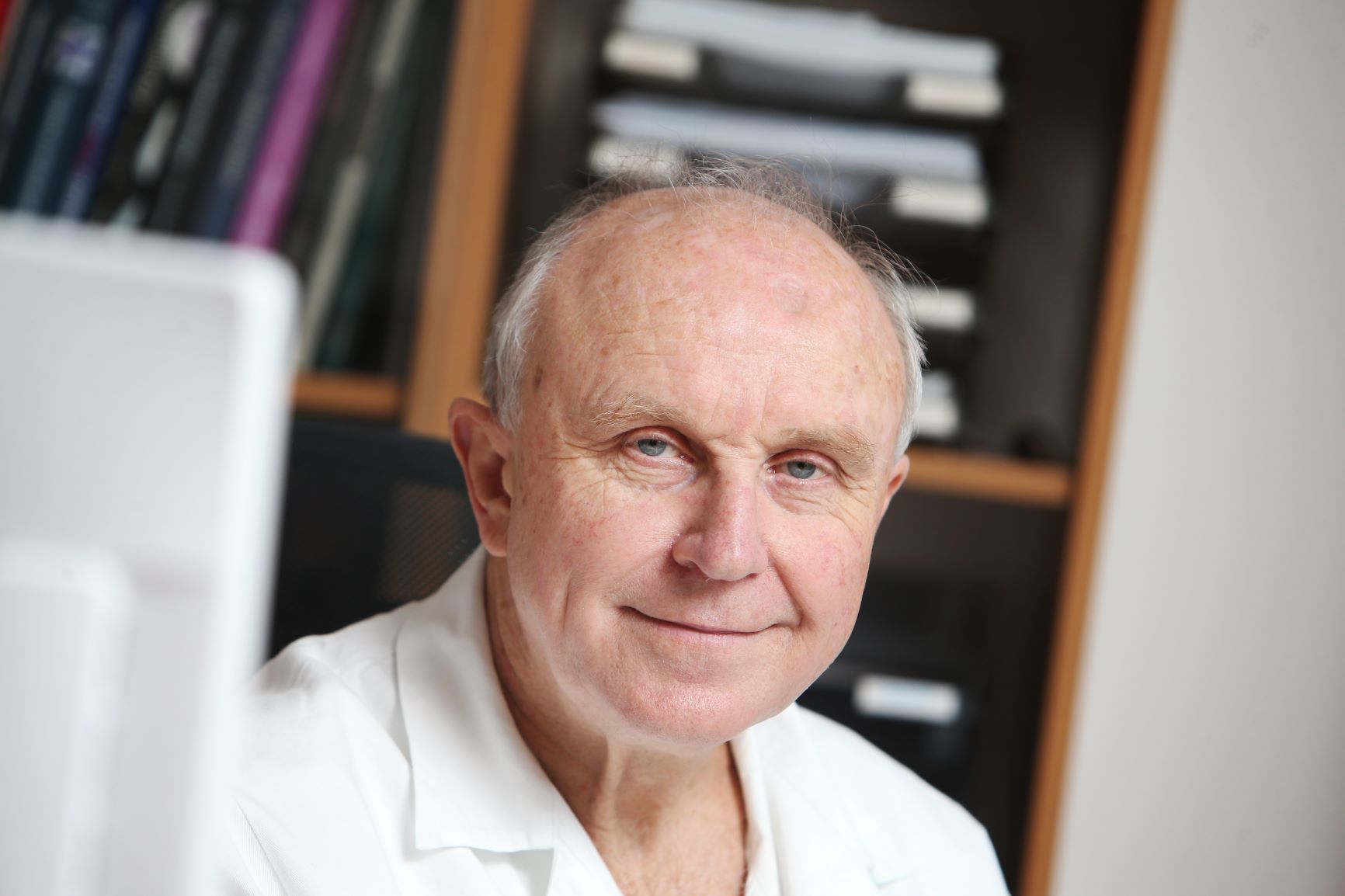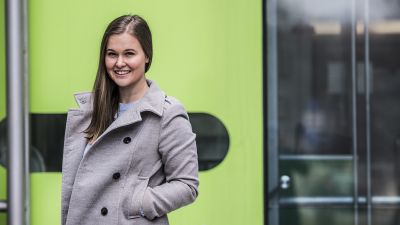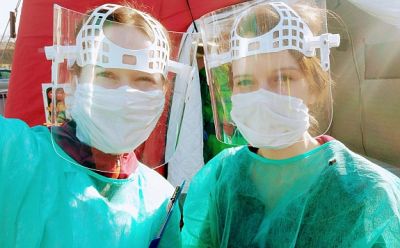“When I started, the chances of curing the most common types of paediatric leukaemia were around 20 percent – today the number has gone up to 90 percent. Not every doctor gets to live to see that,” says Professor Jan Starý, a paediatric haematologist who has spent his entire professional life with Charles University’s Second Faculty of Medicine and Motol University Hospital. Last year he received research support from the university’s Donatio Universitas Carolinae programme, which was divided between two top scientific teams.
Professor, you’re retiring this year as the head of the Department of Paediatric Haematology and Oncology at Motol University Hospital. Will you miss it after all these years?
I’m stepping down as the department head due to my age, but I’m continuing otherwise. I’m looking forward to having less administrative and other responsibilities, so I’ll have more time to spend on different things. I’ll still participate in visits and discussions about patients. I’m leading a number of clinical studies and above all, I’m teaching students.
You’ve been working in medicine for 45 years. What has changed in that time?
I’m one of the fortunate generation of doctors who have experienced unbelievable progress in their fields, progress that in the beginning they could not have even imagined. When I started, almost all children with leukaemia died. Today almost all survive. I consider this highly fortunate because that’s not something every doctor gets to see.
In interviews you mention that the early 1990s were crucial for the entire field. How?
It was crucial in that we could start to work together with foreign countries – to go for internships and conferences, and participate in international studies. Excellent conditions for progress were created at Charles University and in Czech health care after 1990; it wouldn’t have been possible otherwise. And so I gradually got into international structures. It was a happy time: there was a lot of interest and many doors opened.
In addition to participating in international organisations, you have actively taken part in the development of paediatric haematology in the Czech Republic. For 30 years now, you have been the chairman of the working group for paediatric haematology of the Czech Haematological Society and the coordinator of a number of studies…
I am one of the students of Professor Otto Hrodek, the founder of modern paediatric haematology in the Czech Republic, who was a great inspiration to me. For me, the patient always comes first, and not just the ones in our department. It wasn’t always customary for workplaces to cooperate. Our first thought was to change this. So with Professor Hrodek we initiated the establishment of a working group across the Czech Republic and have been working together closely for many years. And we also cooperate with organisations abroad in the framework of international clinical studies.
It must be added that you’ve achieved some excellent results. In 2002, you became the coordinator of an international protocol for the treatment of acute paediatric lymphoblastic leukaemia, which has brought tremendous benefits to children around the world. What made that study unique?
It was a major international study involving 13 countries worldwide from Europe, South America and Asia. It included more than 5,000 patients and it truly meant a significant improvement in treatment outcomes for all the countries involved. Children were classified into risk groups with differing intensities of treatment. At a certain phase of the protocols we compared two treatment variants by random selection. We had a common database and standardised diagnostic and treatment procedures.
But it’s not enough just to provide treatment. How have treatments changed? Are they gentler? How many children suffer consequences?
The most common incidence of leukaemia is for children from ages 2 to 5. These patients also have the best treatment results and live completely normal lives after recovery. This is unfortunately not the case for all diagnoses, and the consequences are more severe for a number of patients treated in the past than for patients with the same diagnosis today. This is due to the progress we’ve made in implementing gentler treatment approaches. At the same time, the approach to the patient has changed markedly. It’s now more comprehensive and multidisciplinary. For example, an integral part of our work today involves psychosocial care and supportive palliative care.
New treatment approaches have appeared recently – antibodies, CAR-T cells. What can be expected of these?
Not even the latest technologies will cure all patients. But it definitely brings us new possibilities because we have a new way to do things after 40 years. We have even improved the “old” chemotherapy because we are able to work with it better. We’ve greatly improved diagnosis and have treated patients in a more “tailored” way, but we haven’t improved further in the past 15 years. The new methods will also bring more possibilities and the alleviation of certain highly intensive treatment procedures.
You like to mention that the progress in paediatric hematooncology is due to donors as well as science…
Definitely. Cutting-edge medicine cannot be done without multisource financing. And donors are one of the important sources; without them we certainly wouldn’t be as good as we are. We use this money to support research and certain highly specialised examinations that are not yet reimbursed by insurance companies. And the foundations provide us with resources and for salaries for the necessary administration.
You have a lot of experience. What would your advice be to young doctors?
Doing cutting-edge academic medicine means devoting a significant part of your life to it, not just during working hours. For top-level medicine you have to keep up with science worldwide, to be partnered with highly erudite foreign colleagues, to come up with ideas, write articles and give lectures. You have to sacrifice a lot of time and effort. It won’t work any other way, and you won’t be able to get it done in an eight-hour working day.
But I’d like to emphasise how crucial it is to have contacts abroad; to go on a longer internship so that young people learn how things are done elsewhere. Scientific erudition is an advantage for working in a university hospital clinic. To learn the basics of scientific work and to know how to write an article with the results of your own research in a quality journal. All this under the guidance of more experienced colleagues; an excellent example is Professor Jan Trka at Motol, who has trained several clinicians this way in laboratory and scientific erudition.
At the same time, you emphasise a necessary separation of work and free time. How can a person set these and not burn out?
Everybody does it differently. For me, apart from my family, it’s nature and travel. I put on my backpack and walk through the Czech countryside. In the last year I’ve walked through the Krušné hory [Ore Mountains] because you couldn’t go anywhere else [because of the pandemic]. When I’m on vacation, I always try to go “beyond weekdays.” And maybe when travelling to conferences, I try to combine it with a vacation, stay a couple of days longer and get to know the place.
How important has music been in your life?
“Music is important for me; I often use it as a background for my work. At the same time, I have absolutely no ear for music, and I’ve never completely come around to classical music, which is something someone like Professor Josef Koutecký could not understand. I love rock music and Americana, something between rock and country. For my 60th birthday I got this painting (points to the wall) – colleagues from scientific laboratories at Motol stylised it into the legendary 1960s rock album covers and created this collage. It must have been a lot of work for them, but I think they enjoyed it a lot at the same time…”
| Professor Jan Starý |
| Jan Starý is the head of the Department of Paediatric Haematology and Oncology at the 2nd Faculty of Medicine and Motol University Hospital. He is an internationally-recognised paediatric haematologist who has significantly contributed to the development of the entire field in the Czech Republic and abroad. He is the author of a number of papers and the coordinator of international clinical studies. Thanks to his knowledge and efforts, the Czech Republic is a full member of one of the most important global groups working on paediatric leukaemia treatments. |


